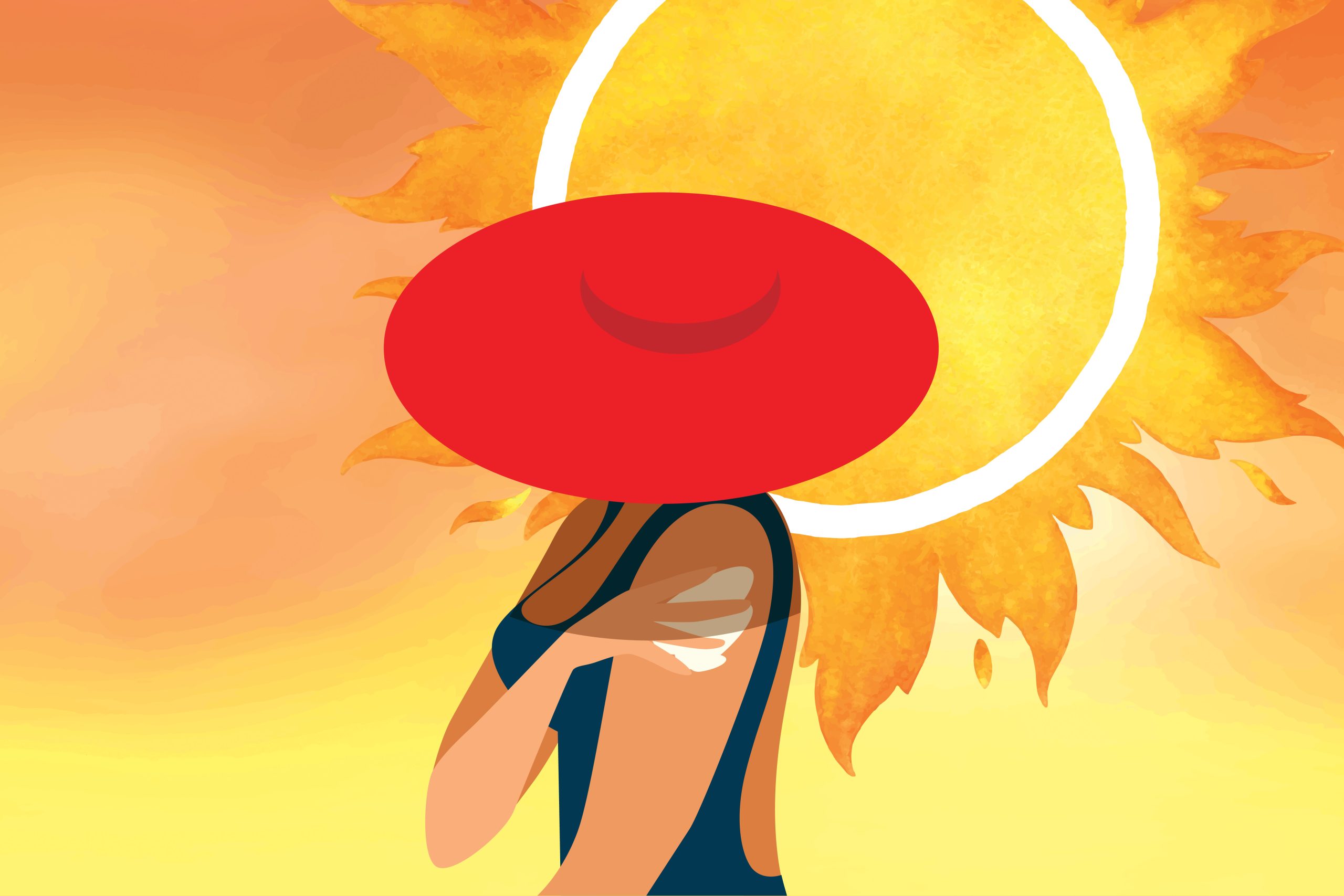Most of us have dealt with the aftermath of spending too much time in the sun. From tender redness to peeling skin, a sunburn’s effects are well known. But what about when things take a turn for the worse? Your skin starts to blister, you get a headache, and you start experiencing chills. These are just a few possible symptoms of sun poisoning. We’re breaking down what the condition is, how to identify it and which steps to take to prevent it.
what is sun poisoning?
Unlike what the name implies, the condition is not actually the result of being poisoned by the sun’s ultraviolet (UV) rays. It’s actually your body’s response to the damage sun exposure has on your skin. Many of the symptoms, such as nausea and feeling generally unwell, are the result of being extremely dehydrated. Drinking water and electrolytes are an important part of recovery. You also should be careful to avoid touching the affected areas as much as possible.
In many cases, the cause of sun poisoning is unknown, but there are some pre-existing conditions, such as lupus, that are linked to a predisposition for it. Increased sun sensitivity also is a side effect of certain medications, including acne treatments, antibiotics, antidepressants, diuretics, heart drugs and birth control pills. If you plan on spending time in the sun, make sure you know the possible side effects of any medications you are taking. The condition also is more likely to appear in people who have fair skin, live near the equator and have a family history of skin cancer.
what are the symptoms?
The experience of sun poisoning can mimic an allergic reaction or the flu. Along with the redness, pain and sensitivity that comes with a regular sunburn, you may find yourself experiencing headache, fever and chills. Other common symptoms include:
- Severe rash
- Blistering or peeling skin
- Nausea
- Dehydration
- Dizziness
- Confusion
- Lightheadedness
- Shortness of breath
- Fainting
how do you treat it?
Depending on the severity of the burn, sun poisoning can last for weeks. Picking or scratching the affected area can lead to infection, which exacerbates things. Signs of infection include bleeding and oozing, and if you notice either, you should immediately consult your health care provider. You may be able to treat sun poisoning as you would a regular sunburn, but you may require further invention, depending on the severity of symptoms. The condition is often treated with:
- Cold baths or cold compresses
- Aloe gel or a moisturizer
- Steroid creams or oral steroids
- Over-the-counter pain medications, such as ibuprofen or acetaminophen
- Prescription pain medication
- Topical antibiotics
- IV fluids for dehydration
how can you prevent it?
The same precautions that help you prevent sunburn will protect you from sun poisoning. Here are some tips for staying safe the next time you head outside:
- Use sunscreen. Pick a broad spectrum sunscreen (one that protects from both UVA and UVB rays) with an SPF of at least 30. Make sure to apply it 15 to 30 minutes before sun exposure and reapply every two hours.
- Wear protective clothing. This includes sunglasses and broad-brim hats. Clothing made from tightly woven or dark-colored fabric can also offer increased protection from UV rays.
- Stay out of the sun during peak hours. Try to avoid extended periods of sun exposure between 10 a.m and 4 p.m., especially during the summer.
Source: Cleveland Clinic








